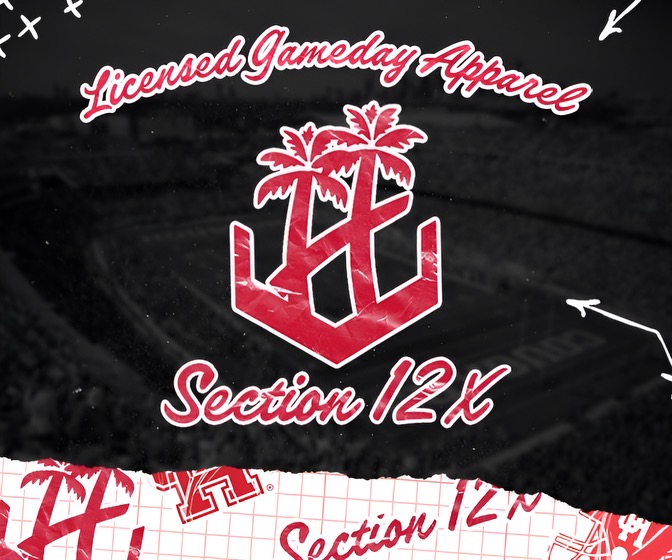Over the last three months, the Houston Cougars joined a new conference, reeled off 11 wins in a row, and ended the regular season ranked 16th in the two major polls. UH is now preparing for its date with destiny in the American Athletic Conference Championship Game.
Before signing the Big 12 contract, starting the winning streak, or moving into the rankings, the program and its leaders had to navigate the trickiest 50 days in its history. First, president Renu Khator, Chairman of the Board of Regents Tilman Fertitta, and AD Chris Pezman had to maneuver through a historic realignment and its far-reaching consequences. They were also party to a coup attempt and had to pull strings and ease concerns in the now-sputtering conference they hoped to join. Finally, the UH football program needed to win an opening-week football game in primetime on ESPN, and the school would need to survive a last-minute reckoning while enduring 24 hours of panic. In the end, they were able to achieve each of their objectives, save for winning the game. But that would take care of itself in due time.
July-August: shots fired and the scramble that ensued
On July 21, a Houston Chronicle bombshell sent the college football world spinning: Texas and OU were planning to move from Big 12 to the SEC. It was an extraordinary realignment that everyone involved, most notably the Big 12, was ill-prepared to deal with. At the same time that they were pledging to stick together, individual Big 12 members went into panic mode, scrambling to figure out what options they may have. The conference’s leaders seemed shellshocked and angry, unable to see a future without their flagship programs. Meanwhile, UH quietly resumed its on-again, off-again entreaties regarding Big 12 membership.
But UH had several irons in the fire. The AAC had agreed to work with ESPN to engineer a coup to take down the Big 12. As the self-appointed czar of college football, ESPN hoped to lure panicked schools away from the Big 12 to destabilize and eventually decapitate the 25-year old league. The Worldwide Leader used their kingmaking ability and the AAC as bait.
But once that plan was exposed, and ESPN was revealed to be meddling in conference matters again, the Big 12 sent them a cease and desist letter and threatened legal action. That forced the network to retreat, erasing the plan that would have strengthened the AAC as a byproduct.
In early August, still bitter about the OU/UT move, Big 12 commissioner Bob Bowlsby and the Presidents, Chancellors, and ADs from Baylor, Texas Tech, and TCU appeared at a farcical Senate Select committee hearing on “the future of college sports.” The committee was hatched by Lt. Governor Dan Patrick, bending to pressure from donors and Baylor and Tech alums in the Texas Senate looking for someone, somewhere to do something.
In the hearing, Bowlsby argued that Texas and OU represented 50% of the Big 12’s revenue. But data suggests the two schools’ games made up at least 75% of the league’s TV ratings. The unspoken truth is that the departing Longhorns and Sooners were the only teams that moved the needle and, without expansion, the league was dead.
Big 12 Television Ratings 2018, 2019, 2021
| Avg. TV Audience | # of Games | |
|---|---|---|
| OU | 3,760,000 | 31 |
| UT | 2,840,000 | 27 |
| Others | 835,000 | 77 |
Later that month, the Big 12 was left out of the “historic Alliance” forged between the ACC, Big Ten, and Pac-12. The Alliance proved to be little more than a press conference and a few headlines, but at the time, it appeared to be a major shift among the conferences. The formation of the Alliance helped perpetuate the belief that the slimmed-down Big 12 was nothing more than an also-ran.
As it all unfolded, the Big 12 bumbled and hesitated, apparently oblivious to reality even after the ESPN/AAC coup attempt. The conference faced an existential crisis as members continued to desperately look elsewhere. It was clear that no one stood to lose more than Baylor if the Big 12 died.
Even with a national title in basketball just four months earlier, the Bears had no natural fit in any other Power 5 league. Baylor AD Mack Rhoades pleaded for the conference to push towards expansion, arguing that the Big 12 needed to grow to keep their place in the college football hierarchy. Finally, in late August, the rest of the league grudgingly conceded that adding teams was necessary.

In the week leading up to football season, the Big 12 allowed news to leak that they would pursue four schools: UCF, Cincinnati, BYU, and Houston. Most previous speculation had centered on the idea that if the Big 12 expanded, they would take just two schools. But the conference realized that the hole left by Texas and OU would be too large to fill by any pair of available schools.
Coincidentally, the University of Houston would open the season on Labor Day weekend against Big 12 member Texas Tech. Many Cougar fans at NRG Stadium were excited yet apprehensive about the Big 12 news and, behind the scenes, UH leaders felt the same. The wounds of the 2016 expansion charade had not fully healed.

After a dramatic first half, UH’s 21-7 lead over Tech evaporated as the Coogs self-destructed and lost 38-21. An onslaught of bad decisions, misfires, and poor play fueled the second-half shutout.
The questions surrounding Dana Holgorsen and Clayton Tune intensified after the blowout loss. Holgorsen had staked the entire year on a breakout season from Tune, but the first result spelled gloom for the program.
Behind closed doors
The days following the Tech loss were momentous. Donavan Mutin, a quiet lead-by-example senior linebacker, got together with two other captains, Deontay Anderson and Hasaan Hypolite, and called a team meeting. While the players worked to save their season, UH President Renu Khator and AD Chris Pezman were pleased with their discussions with Texas Tech officials at the game and other Big 12 representatives leading up to the expansion vote. They felt confident the invitation was forthcoming.
Without any coaches in the locker room, UH football players hashed out their issues. Every player that has spoken publicly about that day credits that meeting with helping to refocus the season.
“From that moment we haven’t skipped a beat. There’s been ups and downs, peaks and valleys, but we haven’t skipped a beat,” Mutin declared in November.
“We were tired of losing. Our whole objective was we’re not losing no more. Period. That’s it,” Anderson said on a Zoom meeting with reporters. “We’re not losing no more.”
The same day that UH players were working to rescue their year, and UH officials were optimistic about moving up, the Big 12 was circling back to quietly revisit Houston as an expansion candidate. Unfortunately, as candidates were finalized, a couple of Big 12 schools opposed elevating UH and attempted to knife the Cougars again.
What follows has been confirmed by four sources with direct information regarding Labor Day weekend events.
Sunday night, less than 24 hours after the loss to Tech, UH officials were stunned when they learned that the Big 12 was planning to invite UCF, BYU, and Cincinnati and leave Houston dangling again. The Big 12 was on the verge of asking the three schools to submit formal applications and then holding at 11 schools. It would be an embarrassing turn of events for the University of Houston.
Early on Labor Day morning, Khator, Fertitta, and Pezman spoke on a conference call to discuss what they knew and how to respond. A sense of bewilderment set over the three; how could this be happening again? While it seemed the Big 12 had made a decision, they knew that no vote had been taken. UH still had time for a Hail Mary.
The Big 12 comes to Jesus
As they brainstormed for possible remedies, Tilman Fertitta suggested involving the most powerful man in the state. As lieutenant governor of Texas, Dan Patrick has vast legislative responsibilities and directs almost every level of state government. While the lieutenant governor has no statutory control over Baylor or TCU, Fertitta knew that Patrick could exert significant influence over all the three in-state Big 12 schools.
Patrick immediately understood the weight of Tilman’s request. After years of friendship and hundreds of thousands of dollars in political contributions, the Chairman of the UH Board of Regents needed Patrick to help Houston salvage their Big 12 invitation. It went beyond political expediency; it went to personal and state pride, too.
Patrick had to work quickly and started placing holiday-morning calls to the presidents and chancellors of Texas Tech, TCU, and Baylor. He also called Big 12 commissioner Bob Bowlsby to urge UH to be included. Patrick then spoke to more than a half dozen State Senators with connections to the three schools.
At the same time, Khator, Fertitta, and Pezman were making calls to their respective counterparts, prodding them to vote for UH. It was an hours-long, full-court press. By that afternoon, Bowlsby and the school’s executives understood that fighting UH’s bid would be too costly. Instead, Houston would be welcome into the Big 12.
Tilman Fertitta took the fight to the three Big 12 schools and used his political muscle to protect the University of Houston. In a confrontation that will have generational effects for UH and the City of Houston, Fertitta’s access to power forced Baylor, Texas Tech, and TCU to blink first.

The following day, the UH Board of Regents gave Dr. Khator the authority to negotiate and sign an agreement with the Big 12. Khator then sent a letter to the Big 12 to request an invitation and signal the school’s intent to join the league.
But with a touch of bravado, and unlike the other three Big 12 aspirants, the letter included a clause stating that UH’s request to join was only good for two weeks. Khator wanted to ensure that the Big 12 did not drag its feet and UH did not want to appear subservient into the league. Houston used the whispers about their Pac-12 discussions to their advantage, even as they knew the league was not close to following through on expansion.
On Friday, September 10, 2021, the Big 12 formally extended an invitation to the University of Houston and the three other schools. Later that day, Dr. Khator, Fertitta, Pezman, and Holgorsen took part in a Zoom meeting with the media to trumpet UH’s new conference affiliation.
It had been a long, trying week for Holgorsen. He was not directly involved in the Big 12 talks but benefitted from them anyways. A clause in his contract awarded him a $1,000,000 bonus for joining a Power 5 conference. The move also triggered a requirement that UH had to begin renegotiating his deal. But at that moment, with a 7-14 record and coming off a humiliating loss to Tech, the likelihood was that Dana’s next negotiation would be severance, not an extension.
The week had been a whirlwind for everyone associated with UH’s bid to the Big 12, but that Friday will be symbolic for years to come. With Renu Khator’s signature on the MOU, UH’s 25-year conference odyssey was finally complete. With four new members, the Big 12’s membership once again reflected its name. And as he finalized preparations before the Bayou Bucket game with Rice, Dana Holgorsen’s future at UH was hazy, at best. Even with his team rallying themselves, how could he know that the most remarkable turnaround in UH history would begin 24 hours later?


